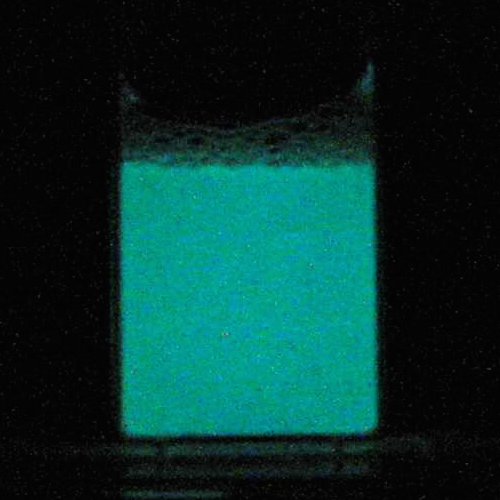Effects of Quorum Sensing and Media on the Bioluminescent Bacteria Vibrio fischeri
(1) Homestead High School, Santa Clara County, California, (2) Schmahl Science Workshops, San Jose, California
https://doi.org/10.59720/18-013
Artificial light is a valuable and important resource. It allows people to work, move freely, and do chores even at night. Most people take it for granted in the developed world. However, thousands of villages in third-world countries do not have access to light, as they do not have dependable electricity, and batteries are expensive. Villagers that do have access to these often burn trash, including batteries, compact fluorescent lamp (CFL) bulbs, and plastic as a way to dispose of waste, thereby releasing toxic gas and chemicals, making these light sources potentially environmentally dangerous. With almost 750 million people still living in villages in India (1), the effects of this on the environment and people are catastrophic (2). In order to provide environmentally friendly light sources, bioluminescent organisms such as the species of bacteria called Vibrio fischeri, could be utilized; however, the natural light from bioluminescent organisms is not bright enough to be effective. In order to increase the light emitted from the bacteria V. fischeri, I altered two variables in separate experiments. In the first experiment, four different chemicals were added to the medium in which the bacteria grew: chitosan, fatty aldehyde, FMNH2, and L-cysteine. Bacteria grown in chitosan media had the most luminescence overall, followed by the control, and the other three chemicals had around the same luminescence. In the second experiment, I changed the bacterial densities. Using McFarland standard as a measure of density, I tested densities of 0.5 McFarland (McF), 1 McF, 2 McF, 3 McF, and 4 McF. The most luminescent bacteria were those grown in 0.5 McF or 1 McF, with 4 McF being the least luminescent. The results also showed that the bacteria grown in chitosan medium were luminescent enough to illuminate three-fourths of an 8.5 inch by 11 inch paper when held next to it, but the density of bacteria had no significant effect on luminescence.
This article has been tagged with: